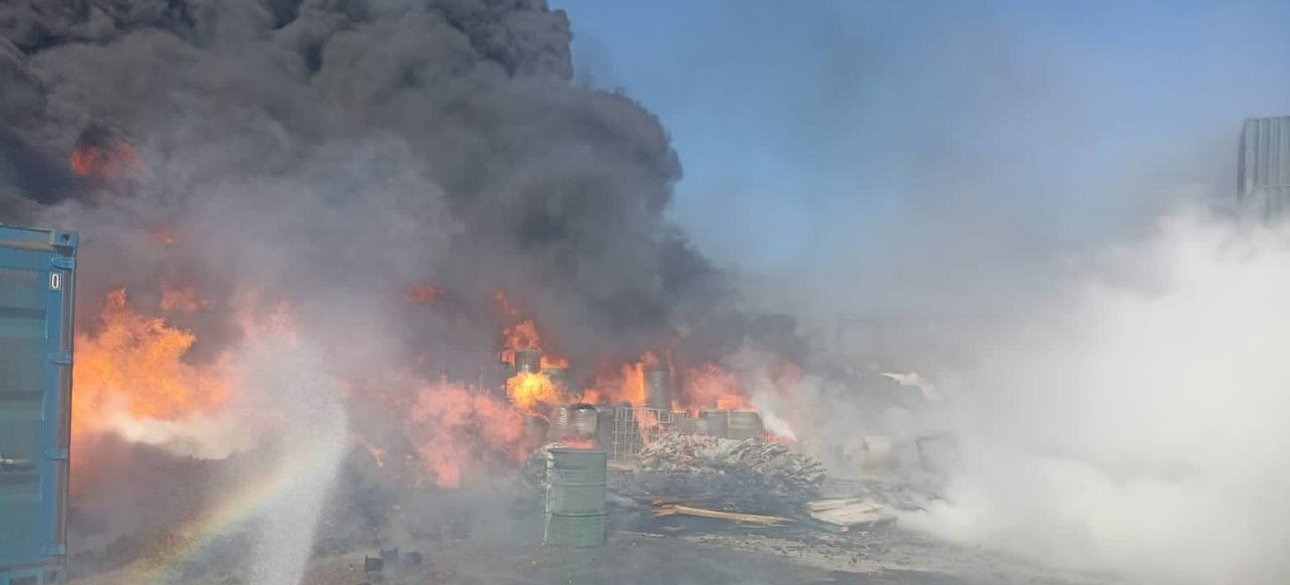
The regiment's official strength has been publicly announced — 2 S-400 divisions (16 launchers) and the "Pantsir-S1" division (6 units). In addition to other equipment (automatic transmission, transport and charging machines, communication, etc. ). Satellite images in this area recorded from 5 to 12 deployed launchers of the S-400 air defense system. Osinter MT Anderson analyzed the picture from November 11, that is, two days before the impact.
And he noted 7 deployed S-400 launchers, not counting other equipment. Today, it was confirmed that 4 S-400 anti-aircraft missile launchers (an entire battery), an early detection radar and a target designation radar were destroyed by drones of the SBU "A" TsSO. And there could be up to 12 launchers in total in the affected area.
Even if some of them are "deceptions", at least a S-400 division and some number of "Pantsir" were located in the zone of damage directly from the impact and from the detonation of the missile storage. What does this mean? Loss. First, the potential one-time damage can be compared with the cruiser "Moscow" and the operation "Pavutina". Secondly, with a high probability, these are the largest one-time losses of air defense equipment, especially the S-400.
Conservative Oryx data (with visual confirmation) records 19 damaged/destroyed S-400 launchers in 3. 5 years of war. In reality, there are more of them. This strike alone can increase S-400 losses by 20-30%. Minus the personnel (we will see in the obituaries after a while). Consequences.
For some time now, a hypothesis has been proposed: the increase in the number of successful strikes against Russian troops and medium-range targets is a consequence of not only the increase in the capabilities of Ukrainian forces, but also the decrease in the density of Russian air defense/anti-missile defense in the operational rear. Because part of it was knocked out, and the rest was collected for the protection of privileged carcasses in Moscow and St. Petersburg.


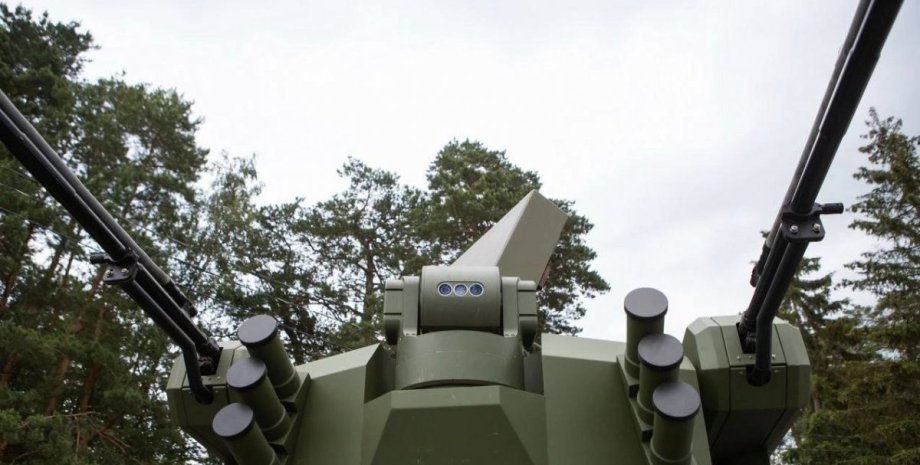



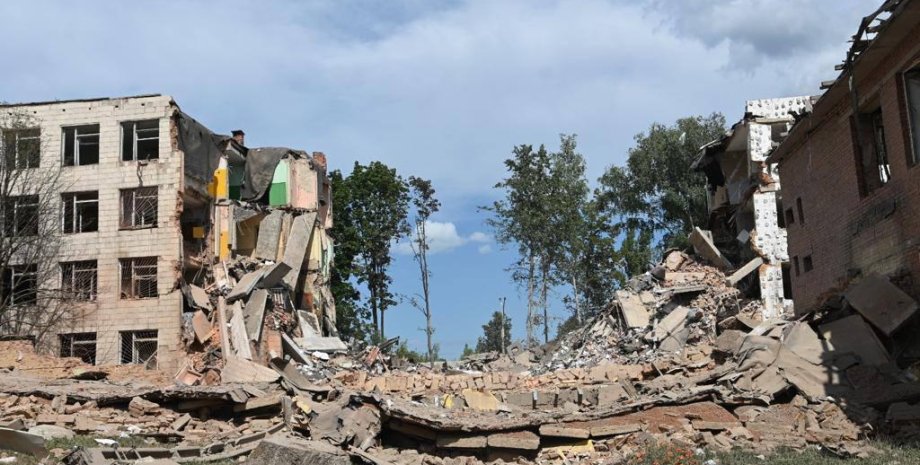
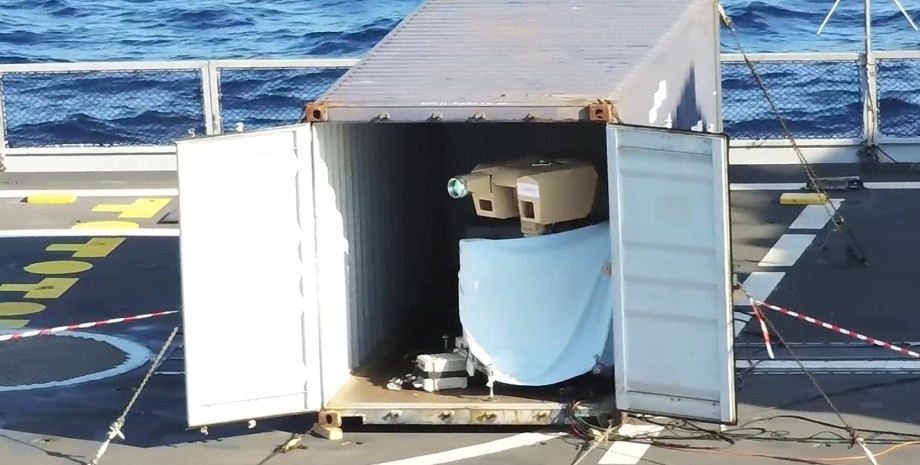

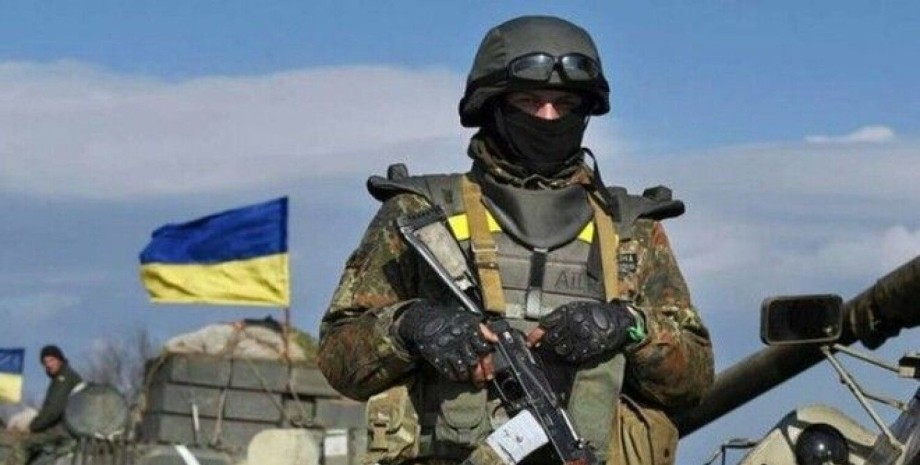
All rights reserved IN-Ukraine.info - 2022